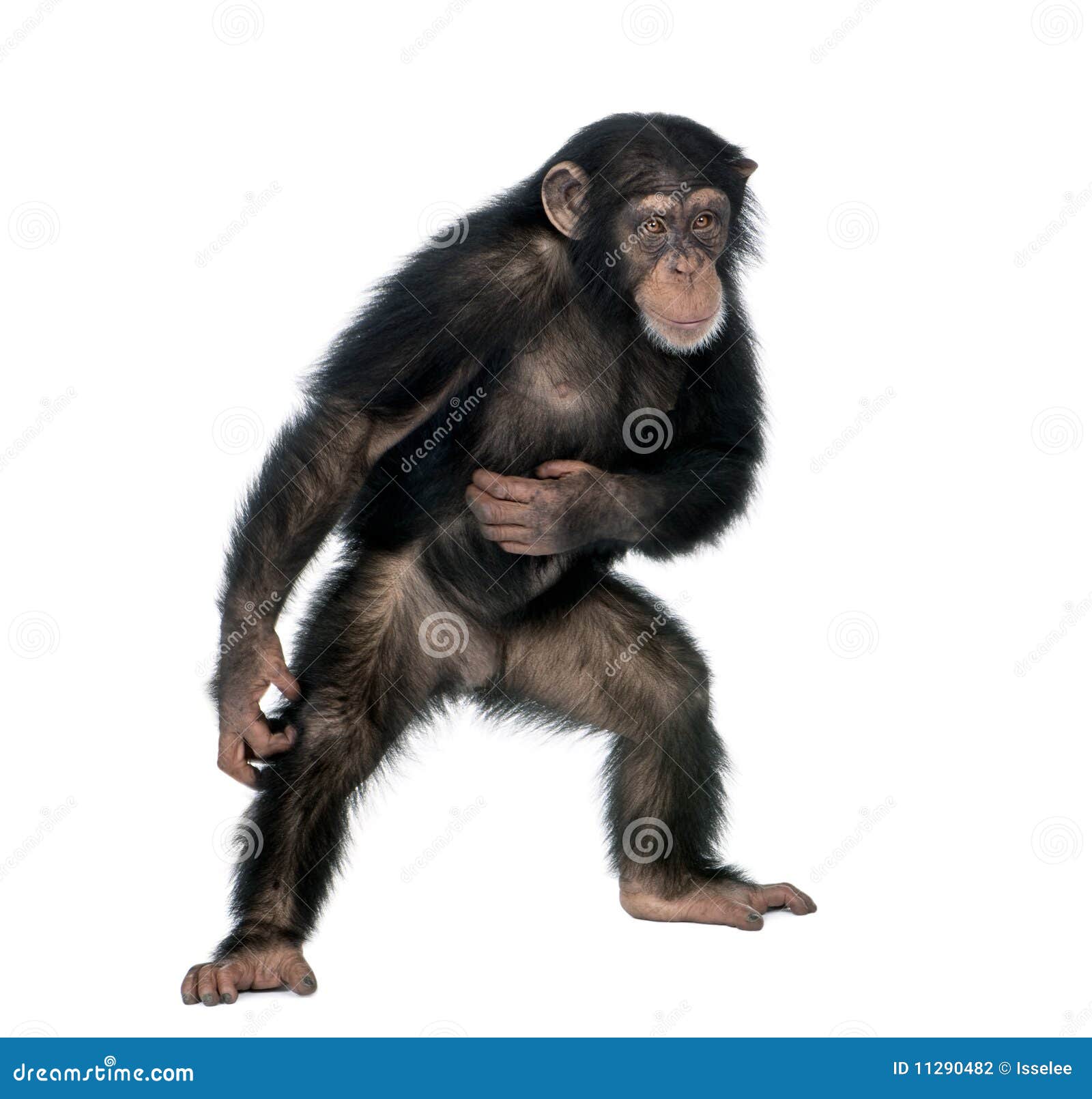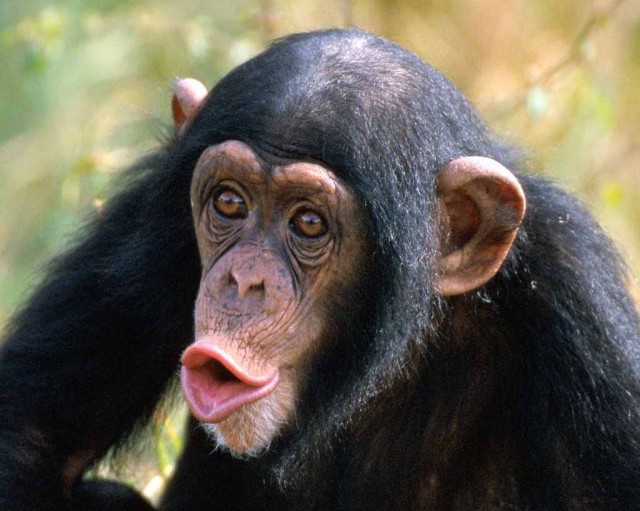
However, their sensitivity to direct gaze and the effects of gaze direction on their visual behavior are rather inconsistent, although most studies agree that macaques can discriminate among the directions of the gazes of others. In response to facial stimuli, macaques scan eye regions more frequently than they scan other regions. Like great apes, various species of monkeys also follow the directions of others' gazes and use these cues for object discrimination,. Rhesus macaques ( Macaca mulatta) can discriminate among the gaze directions of human faces. Similar studies of macaques and other simian primates have also been performed. A gibbon ( Hylobates agilis) infant has also been reported to exhibit a direct-gaze preference in response to schematic faces used as stimuli. In addition, infant chimpanzees look at human faces with direct gazes for a longer period of time than they look at those with averted gazes when they reach the age at which they exhibit mutual gaze with their mothers. Chimpanzees can follow the direction of human and conspecifics' gazes and use these gaze cues for object discrimination based on cues provided by either the eyes alone or the eyes in combination with the head orientation, ,, ,, ,. One reason for this lingering ambiguity is the difficulty experienced by observers in precisely identifying the target of these animals' gazes in the context of natural or semi-natural habitats (e.g., ).įew empirical studies of gaze perception in nonhuman primates have been conducted in the laboratory, even though many researchers recognize the importance of gaze perception in relation to social cognition and the theory of mind.

However, the cues used by these species for making judgments about being watched by others remain unclear.

Although the sensitivity of apes and monkeys to direct gaze varies, these findings demonstrate that nonhuman primates can and do discriminate gaze direction. In contrast, many species of simian primates exhibit “gaze aversion” because mutual gaze or eye contact frequently triggers antagonistic interactions between those involved in the gazing behaviors,. Furthermore, studies of mother–infant pairs of chimpanzees have found that the frequency of mutual gaze increased when the infant reached about 2 months of age. Like humans, great apes such as gorillas ( Gorilla spp.), orangutans ( Pongo spp.), bonobos ( Pan paniscus), and chimpanzees ( Pan troglodytes) frequently exhibit social staring behavior, defined as prolonged gazing by one individual at another when both are in close proximity to each other, in various social contexts,. In humans, mutual gaze or eye contact plays a critical role in regulating social interactions by providing information and expressing intimacy (for a review, see ). Gaze perception is one of the most critical social–cognitive abilities possessed by primates, including humans. The funders had no role in study design, data collection and analysis, decision to publish, or preparation of the manuscript.Ĭompeting interests: The authors have declared that no competing interests exist.

This is an open-access article distributed under the terms of the Creative Commons Attribution License, which permits unrestricted use, distribution, and reproduction in any medium, provided the original author and source are credited.įunding: Grants-in-Aid for Scientific Research from the Japanese Ministry of Education, Culture, Sports, Science, and Technology (MEXT), Japan Society for the Promotion of Science (JSPS) (12002009, 13610086, 16002001, 16300084, 19300091, 20002001) and by MEXT Grants-in-Aid for the 21st Century COE Programs (A14 and D10) and global COE Programs (A06 and D07). Received: SeptemAccepted: JanuPublished: February 9, 2010Ĭopyright: © 2010 Tomonaga, Imura. PLoS ONE 5(2):Įditor: Nathan Jon Emery, Queen Mary University of London, United Kingdom Citation: Tomonaga M, Imura T (2010) Visual Search for Human Gaze Direction by a Chimpanzee ( Pan troglodytes).


 0 kommentar(er)
0 kommentar(er)
